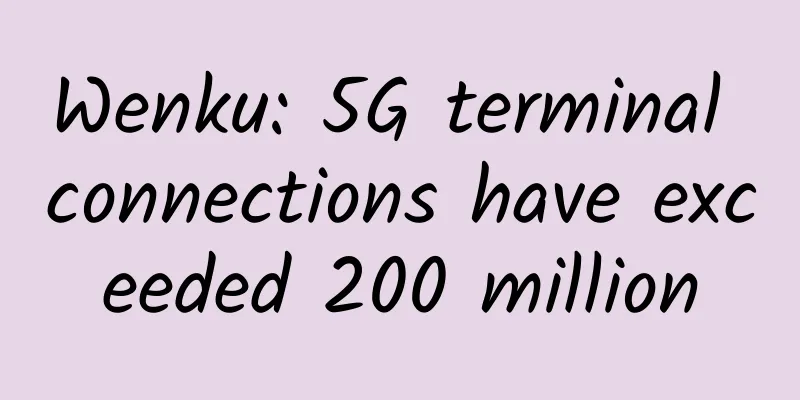With the launch of 5G and Wi-Fi 6, where will wireless network products go?
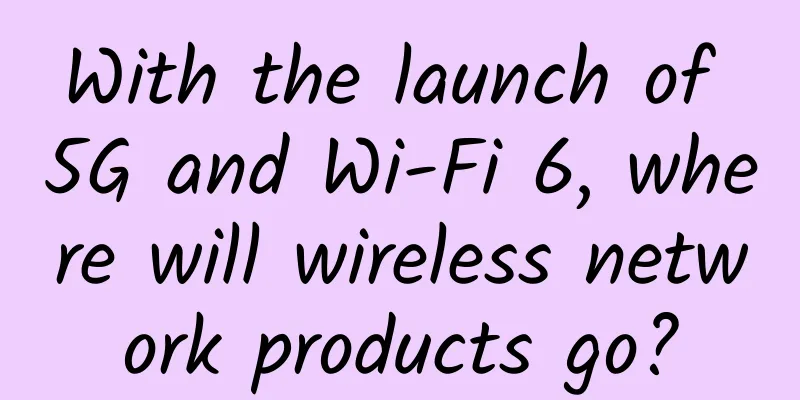
|
Today, topics about 5G and Wi-Fi are endless, and most of them are discussing the relationship between the two. The main discussion direction is nothing more than why we need to build a 5G network when we already have relatively cheap Wi-Fi available? On the contrary, as 5G becomes more and more popular and the charges become lower and lower, its cost performance will gradually approach that of Wi-Fi. Will it completely replace Wi-Fi in the future? Do the functions of the two completely overlap? These issues have been discussed for a long time.
At present, whether it is believed that 5G replaces Wi-Fi or Wi-Fi replaces 5G is actually a paradox. Because there are great differences between 5G and Wi-Fi in terms of technical routes and application scenarios. As the fifth generation of mobile communication technology, 5G is designed and evolved from top to bottom in accordance with the protocol standards of the communication network architecture, such as spectrum division, eMBB, URLLC, mMTC, etc. Wi-Fi is evolving in accordance with the 802.11 protocol family. The latest generation of Wi-Fi 6 (802.11.ax) technology allows up to 8 devices to communicate with a maximum speed of 9.6Gbps, and 5G will also reach download speeds of more than 1.3Gbps. The reason why we have been comparing the two is that although they follow different technology evolution routes, from the user's perspective, the main goals they want to achieve at this stage seem to be somewhat similar, that is, to further improve large bandwidth, low latency, and multiple connections, which makes us compare the two involuntarily. But this is actually just an appearance. From a technical perspective, the two sides may have a trend of different paths leading to the same destination, but from the perspective of application scenarios, 5G and Wi-Fi are completely non-contradictory. 5G is a public mobile communication network advocated by the state and operated by operators. It is also one of the important construction goals of the new infrastructure and will cover all regions of the country. Wi-Fi is basically a private wireless communication network established by various companies or organizations, and it mainly covers indoor closed environments. More importantly, the communication data used by 5G and Wi-Fi are different, resulting in the two attributes being one public and one private, which are completely different. This is like a public cloud and a private cloud. If we ask whether the public cloud will replace the private cloud or the private cloud will replace the public cloud in the future, I believe everyone will not have doubts and will definitely think that the public cloud and private cloud will coexist, so hybrid cloud will be the trend of the future. Similarly, the relationship between 5G and Wi-Fi, like the relationship between public cloud and private cloud, will form a symbiotic relationship in the future and will gradually enter a stage of integrated development. Why do you say that? First of all, from a macro perspective, in the future, my country will adopt a hybrid networking method with wide area network as the main and local area network as the auxiliary in the overall network construction. 5G and Wi-Fi will each perform their respective duties and provide reliable overall connection services for different scenarios and applications. Therefore, the two are inseparable and will inevitably show a trend of more integrated development. Secondly, from a micro-technical perspective, 5G and Wi-Fi each have their own strengths. For example, 5G's mobility and multi-connection features can meet people's needs to access the Internet anytime and anywhere, while higher bandwidth and lower latency features can also meet the stringent network requirements of future application scenarios such as Internet of Vehicles and autonomous driving. And Wi-Fi has always been the preferred connection solution for people using high-traffic applications, such as electronic games and videos, thanks to its large bandwidth, high speed and low cost (unlicensed spectrum). In addition, the latest Wi-Fi 6 technology also uses 5G technologies such as MIMO and OFDMA, and supports 2.4G and 5.8G dual-band, 160M bandwidth and 9.6G high speed. It also supports roaming switching with mobile base stations. Its technical trend will gradually evolve towards full-scenario, which also provides a basis for the integration of 5G and Wi-Fi at the technical level. In fact, Wi-Fi technology currently mainly replaces the previous application scenarios of wired connections, while in the broader outdoor environment, mobile communication technologies such as 5G still dominate. It can be seen that there is no absolute conflict between 5G and Wi-Fi, whether in terms of technical routes or application scenarios. The two will not replace each other, but will complement each other to form an increasingly close collaborative relationship. In the future, driven by the Internet of Things, cloud computing and artificial intelligence technologies, the mutual integration of 5G and Wi-Fi will be further promoted. For example, in order to support more abundant IoT application scenarios, 3GPP proposed the NR (New Radio) concept, which will further deepen the deep integration of 5G and Wi-Fi 6. Similarly, cloud management and AI innovative operation and maintenance will also form a unified management and control between the IoT integration based on communication network technology and high-performance APs, allowing enterprise users to further obtain the ultimate experience, improve efficiency, optimize processes, innovate business and other advantages, and give new value to the network. Fortunately, some network vendors have seen this trend and are developing product strategies and plans in this direction, such as H3C. Recently, H3C proposed that Wi-Fi 6 and 5G work together to build the technical foundation for new infrastructure. By building a converged network architecture of Wi-Fi 6+5G+IoT, the flexibility of the network architecture is guaranteed to a great extent, and flexible expansion of mobile communications, Wi-Fi, IoT, and wired networks is achieved, thereby reducing the overall construction cost of the network. In addition, by using cloud management and AI technologies, the goal of unified management and maintenance of wired networks, Wi-Fi, IoT and mobile communication networks is achieved through the "5G+ converged controller", which greatly reduces the cost of future network management and maintenance. It is worth noting that on the surface, this network architecture is to connect different network connection methods, but in fact this method breaks the data barriers between different network connection methods in the past, realizes the linkage of global data, and brings new impetus and opportunities for the business development of enterprises. Therefore, through the integration, complementarity and coordinated development of Wi-Fi 6 and 5G, H3C has achieved a network that carries various services of customers, met the needs of data interconnection between different business application scenarios, and thus improved the efficiency of enterprise production and operation, providing a reliable basic network guarantee for the digital transformation of enterprises. Conclusion I believe that in the future market, wireless network technologies will become more and more integrated, and there will be more and more collaborative networking solutions represented by 5G and Wi-Fi, just like hybrid cloud applications, which will be integrated with each other without distinction. By then, we will be able to enjoy the comprehensive advantages brought by a variety of wireless technologies, and all this will be done without the user's perception. Users don't even need to care whether they are using 5G or Wi-Fi. The network management platform will intelligently determine the best connection solution for the current application scenario, so that users can get the best network experience. At the same time, under the guidance of 5G and Wi-Fi technologies, the application direction of future wireless network products will increasingly evolve towards full-scenario applications, jointly supporting the future of intelligent network evolution. |
<<: Wenku: We need to further explore 5G applications
Recommend
In fact, IPv6 is not so perfect
Everything has its two sides, and technology is n...
Why is the world crazy about blockchain? Because of a "wealth code"
In 450 BC, Nehemiah, an official of the Persian E...
Huawei's high-definition intelligent video surveillance solution helps efficient highway operations
Introduction: At present, security technology is ...
5G has been promoted for three years, why do some people still insist on using 4G? It turns out that I thought too simply
In recent years, there have been more and more vo...
Wi-Fi 6 and cellular networks are powering a hyperconnected future
Wi-Fi 6 is maturing into a new role as a compleme...
China Internet Development Report 2020: 1.3 billion netizens make online payments totaling 24.9 trillion yuan
Recently, at the 2020 (19th) China Internet Confe...
CFCA creates a secure all-in-one solution, Kunpeng comprehensively promotes financial innovation
Currently, the financial industry is in a critica...
Juniper Networks combines Mist AI with Intelligent Session SD-WAN and SRX secure branch gateways to deliver the best user experience from client to cloud
As a leader in providing AI-driven secure network...
The data of tens of millions of JD.com users are suspected to have been leaked. Human greed has given rise to the "data black industry".
[[188856]] Recently, a heavy "bomb" app...
Ten underutilized SD-WAN features
SD-WAN is more than just an alternative to Multip...
UFOVPS is 50% off, top up 200 yuan and get 20 yuan, Japan CN2 GIA/Hong Kong CN2 GIA/US high-defense VPS monthly payment starts from 19 yuan
UFOVPS has released the biggest discount this yea...
RepriseHosting: $27.97/month-L5640, 16G memory, 1TB hard disk, 10TB monthly traffic, Seattle data center
RepriseHosting is a foreign hosting company found...
EtherNetservers: Los Angeles VPS starts at $14.95 per year, 1GB/40GB/1TB, supports Alipay/PayPal
EtherNetservers' special annual VPS has alway...
Don’t be too eager to “eat meat” with 5G messaging
During the "2021 China International Informa...
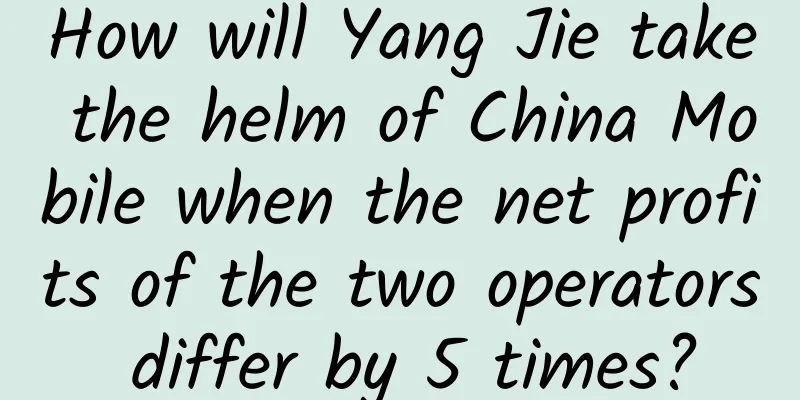



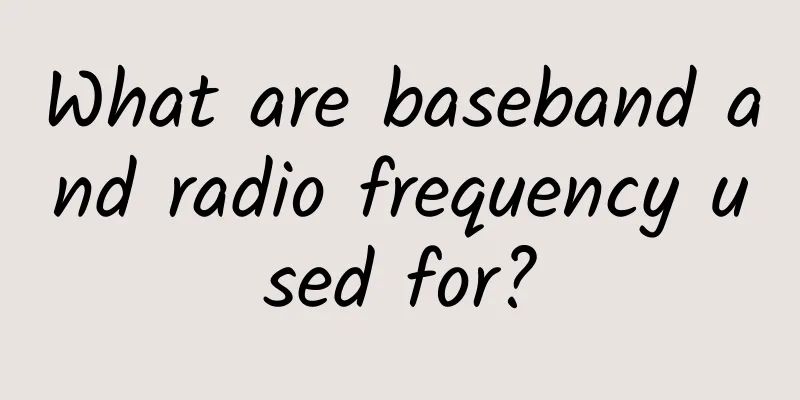
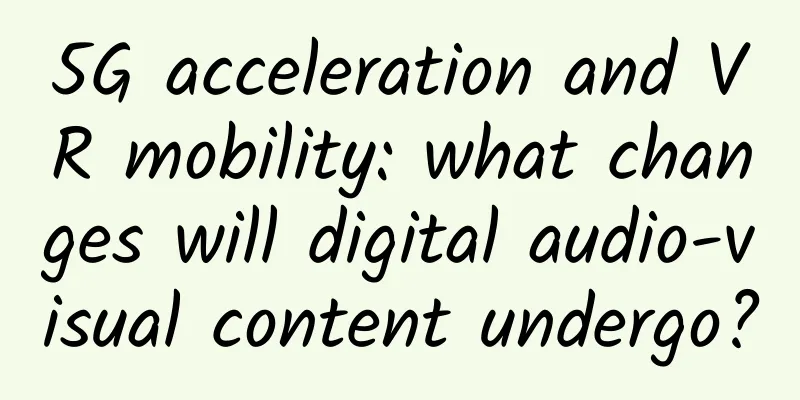
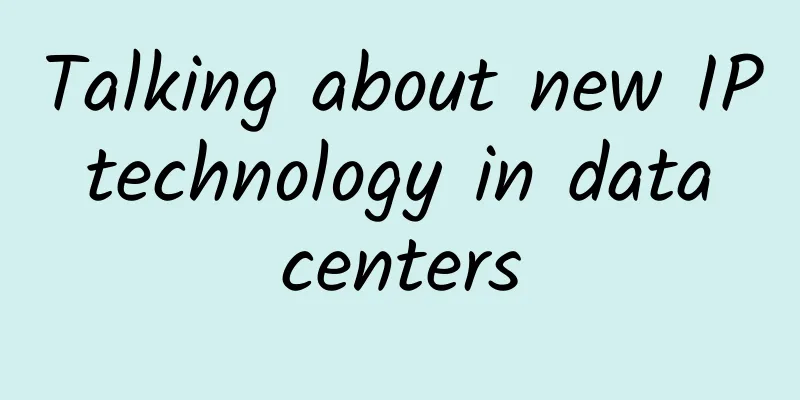
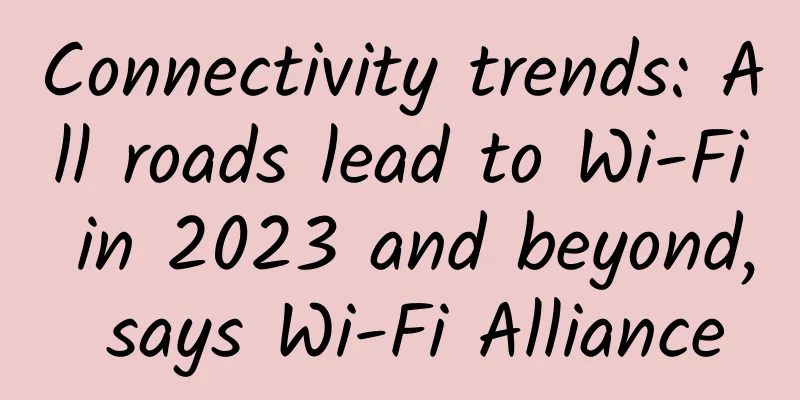
![[Black Friday] ZJI: Hong Kong Alibaba Cloud CN2 model 55% off monthly payment starting from 412 yuan](/upload/images/67cac22616cc7.webp)
